Standing outside a Chinese takeaway plastered with funfair adverts in south London, two women can be seen clutching pink and blue plastic rosary beads as they solemnly recite prayers under their breath. In front of them, a framed print of Mary, the mother of Jesus, is strapped to an easel next to a sign that reads “Love them both” and a photo of a smiling baby.
“Pregnant, Need Help?” another poster reads. “Housing Help, Financial support, Moral support offered here, Just ask us or call 0800 096 2518”. The women have set up camp opposite an abortion clinic in Brixton to protest against terminations being legal in the UK. Across a busy road, another member of their group stands directly outside the clinic clasping leaflets to hand to those going inside.
MPs may have voted in favour of nationwide “buffer zones” outside abortion clinics in England and Wales last October, but the staff at this south London centre warn protesters have ramped up their activities since then. A “buffer zone” is supposed to stop anti-abortion demonstrators standing outside or in the close vicinity.
According to MSI Reproductive Choices, the UK’s leading abortion provider, services up and down the country are still plagued with protests 10 months since parliament voted in favour. The abortion service, which has more than 60 clinics across England, warns women and staff regularly battle abuse and harassment.
“Since the law has been passed, they are there every day,” Michaela McDaid, a manager at the Brixton clinic tells The Independent. “And we never used to have it every day. We have had police turning up here whereas we have never had that. Over the last couple of months, we have probably had four maybe five visits from the police.”
Protesters were only coming to the clinic once or twice a week before parliament voted last autumn, she adds.
Ms McDaid, 34, who has worked in abortion services since she was 18, questioned whether the rise was due to demonstrators stepping up their actions before buffer zones are enforced. The police recently came to the clinic after protesters were seen harassing members of the public, she adds.
Ms McDaid recalls times that they have been forced to comfort women seeking abortions who were in tears after being confronted by protesters: “In their minds, they think they are doing good but they are not. People don’t want to be approached.”
She says some of the women who use the clinic are “making a decision that is difficult enough” and should not have to be greeted by people trying to sway them.
While Ms McDaid speaks to me inside the clinic, police sirens blast and red double-decker buses fly down Brixton Hill outside. The protesters I saw when I first arrived are no longer there, having swiftly packed up after refusing to do interviews with me, saying I must first seek permission from their head office.
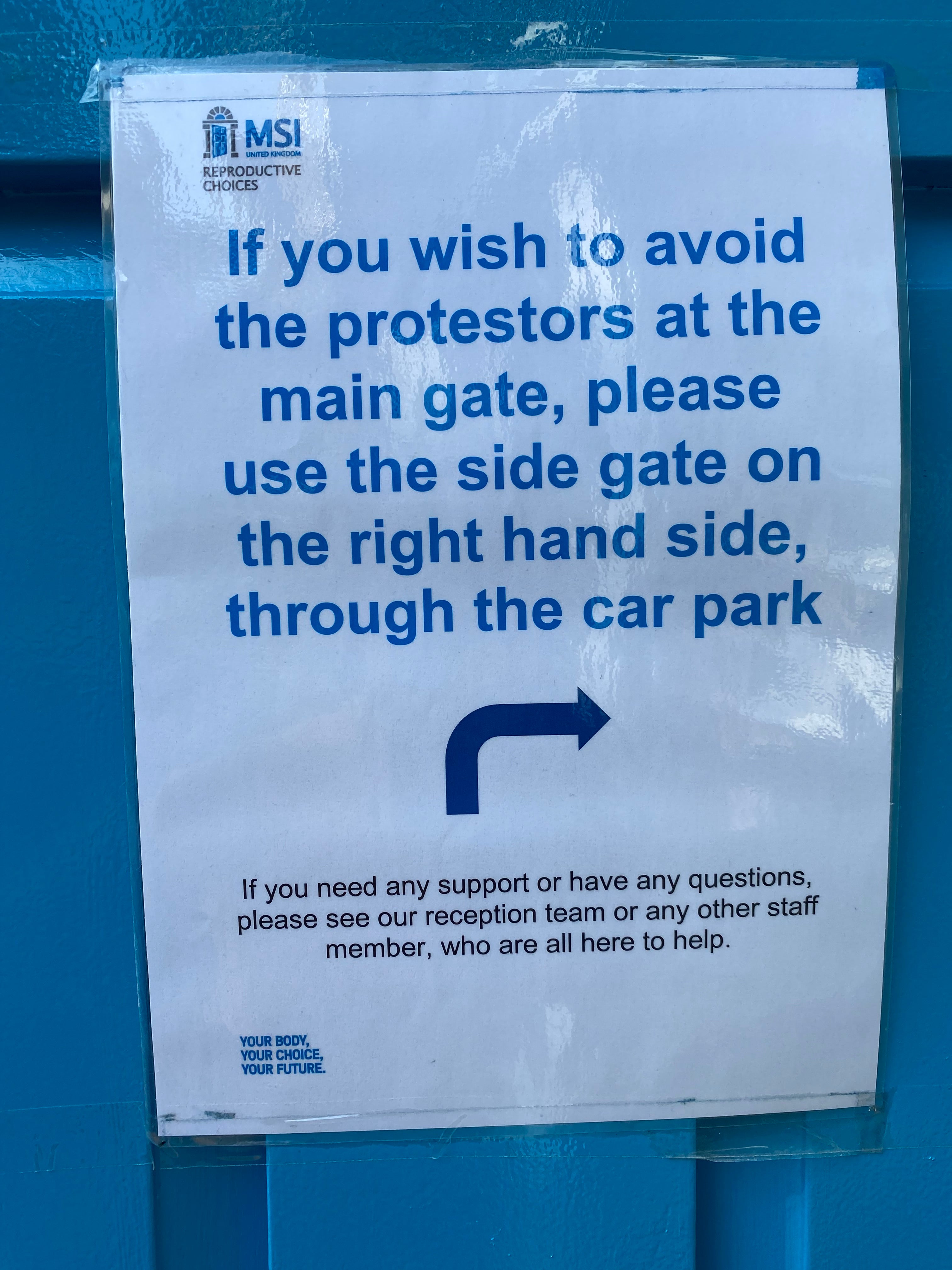
Over the 10 years she has worked at the clinic, Ms McDaid has been told she has “got blood” on her “hands” as well as people asking “how I sleep at night”. Encounters with protesters are “not something you ever get used to,” she reflects.
Yet despite a change in the law, there appears to be little change on the ground.
“Women are still being harassed due to the unnecessary delays by the Home Office in getting the zones up and running,” says Louise McCudden, of MSI Reproductive Choices.
“In September, 40 Days for Life, the worldwide anti-choice campaign, will once again set up camp outside abortion clinics in an attempt to prevent people from accessing care. Not only is there a growing concern that the zones still won’t be in place by then, but the Home Office has not provided any clarity on the timeline whatsoever.”
The American-based 40 Days for Life is known for targeting women who want to terminate a pregnancy. Their protests run globally between 27 September and 5 November, with a spike in activity expected during this period.
Last autumn, MPs voted 297 to 110 in support of an amendment to the Public Order Bill, which legislates for buffer zones. While the bill was passed in May and included plans to roll out the zones, this part of the legislation has yet to come into force.
More than 100,000 women are estimated to have attended clinics targeted by anti-abortion demonstrators in 2019.
When approached by The Independent, a Home Office spokesperson did not give a timeline for when the measures would be introduced: “It is completely unacceptable that anyone should feel harassed or intimidated. The police and local authorities have powers to restrict harmful protests and we expect them to take action in such cases.
“The government will confirm timelines for the commencement of Safe Access Zones in due course.”
Alice Murray, co-founder of Back Off Scotland, a campaign group dedicated to stopping harassment outside abortion services, tells The Independent she came face to face with protesters at the age of 19 in Edinburgh.
The 24-year-old, who now lives in Glasgow, explains the abortion did not feel traumatic but her encounters with the anti-abortion demonstrators did: “It feels patronising to have strangers who don’t know you questioning you about such a personal decision and it feels distressing.”
She says her experience was made worse by the fact she was alone when she attended the clinic.
“They were praying, they were doing their chanting, they had signs,” she adds. “They were looking at anyone who enters the clinic. When you go in, they are looking at you. It is very invasive. Personally, it didn’t make me feel guilty because I knew it was the right decision. But we know that may not be the case for everyone.”
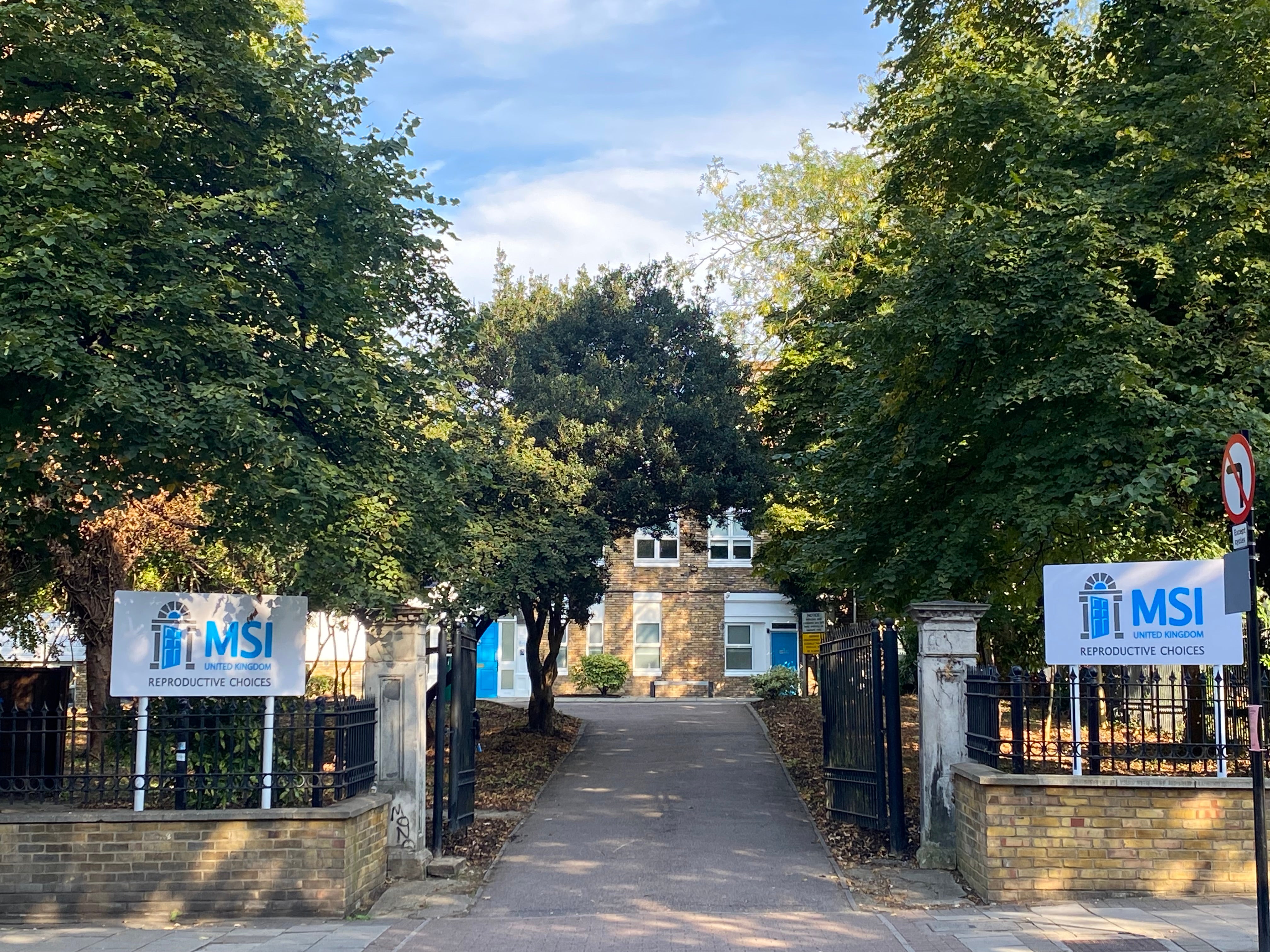
However, women told researchers at Back Off Scotland about even more harrowing experiences.
“I was a victim of sexual assault and had to book an appointment,” one woman said. “Already blaming myself, and terrified to tell anyone, I was 17, and completely by myself. A small group of individuals, mostly male, were standing on the other side of the road. I was repeatedly called out by one of the men, and when I glared at him and ignored him, he called me a ‘teenage murderer’.”
Another woman described protesters who “were chanting”, “praying loudly”, “showing photos of foetuses” and informing people that “dead embryos” are used in vaccines.
One woman described how after trying to engage with demonstrators, a protester “was extremely aggressive” and “screamed in my face several times”. She added: “He told me that I was going to get cancer.”
There are three places in the country where a buffer zone has been implemented, at abortion clinics in Ealing and Richmond in West London and also in Manchester.
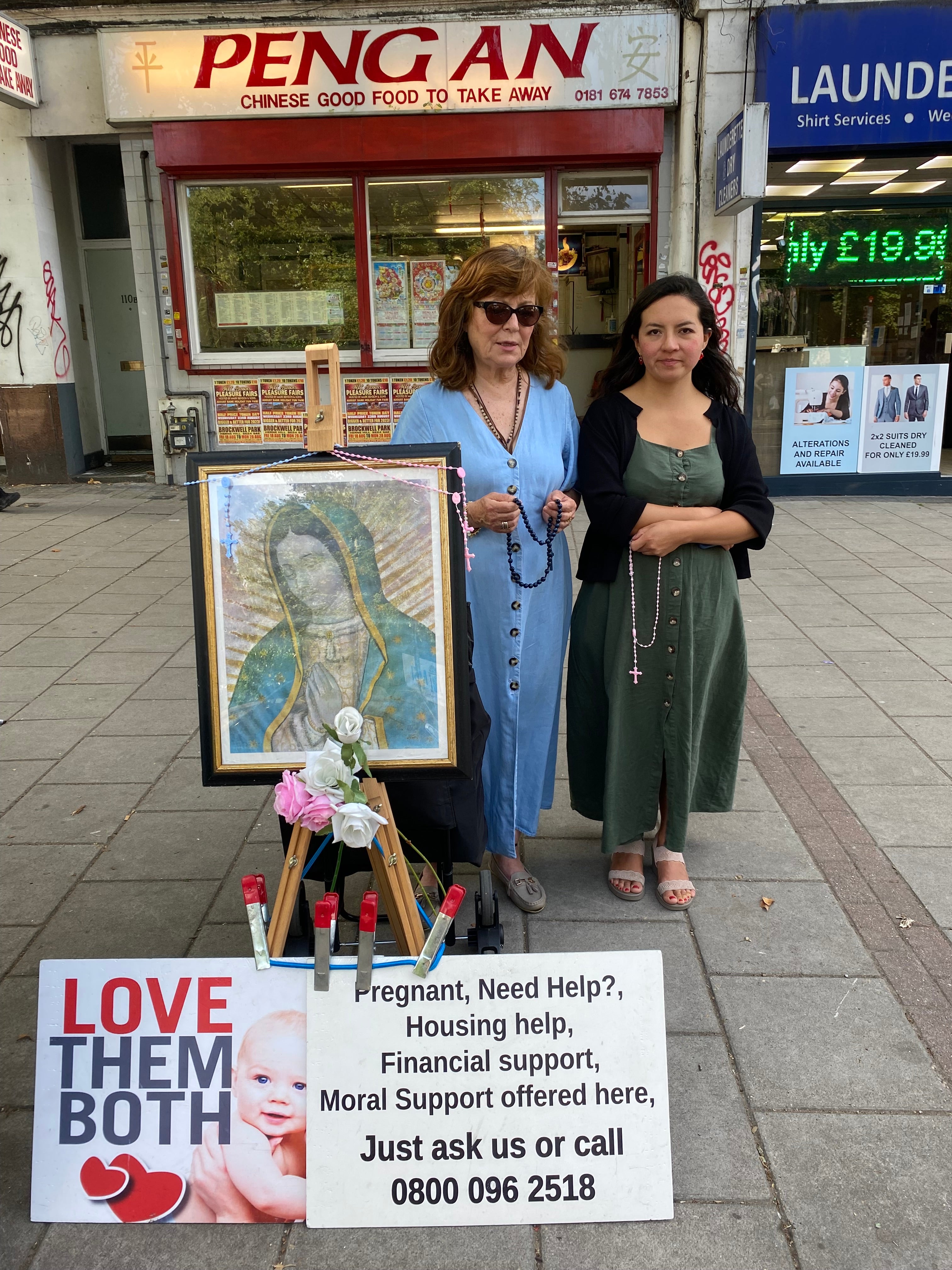
Sally O’Brien, general manager at Ealing, tells of how noisy the anti-abortion protests used to be, and how much distress they caused.
Ms O’Brien, who has worked at the clinic for seven years, says the police were regularly called as women would struggle to get into the clinic due to large crowds of protesters, both anti and pro-choice.
She also recalls an anti-abortion protester hurling salt on the streets to “cleanse the place of spirits” and another demonstrator climbing a tree to shout and swear. Protesters have called her a “murderer” and told her she will “burn in hell”, she adds.
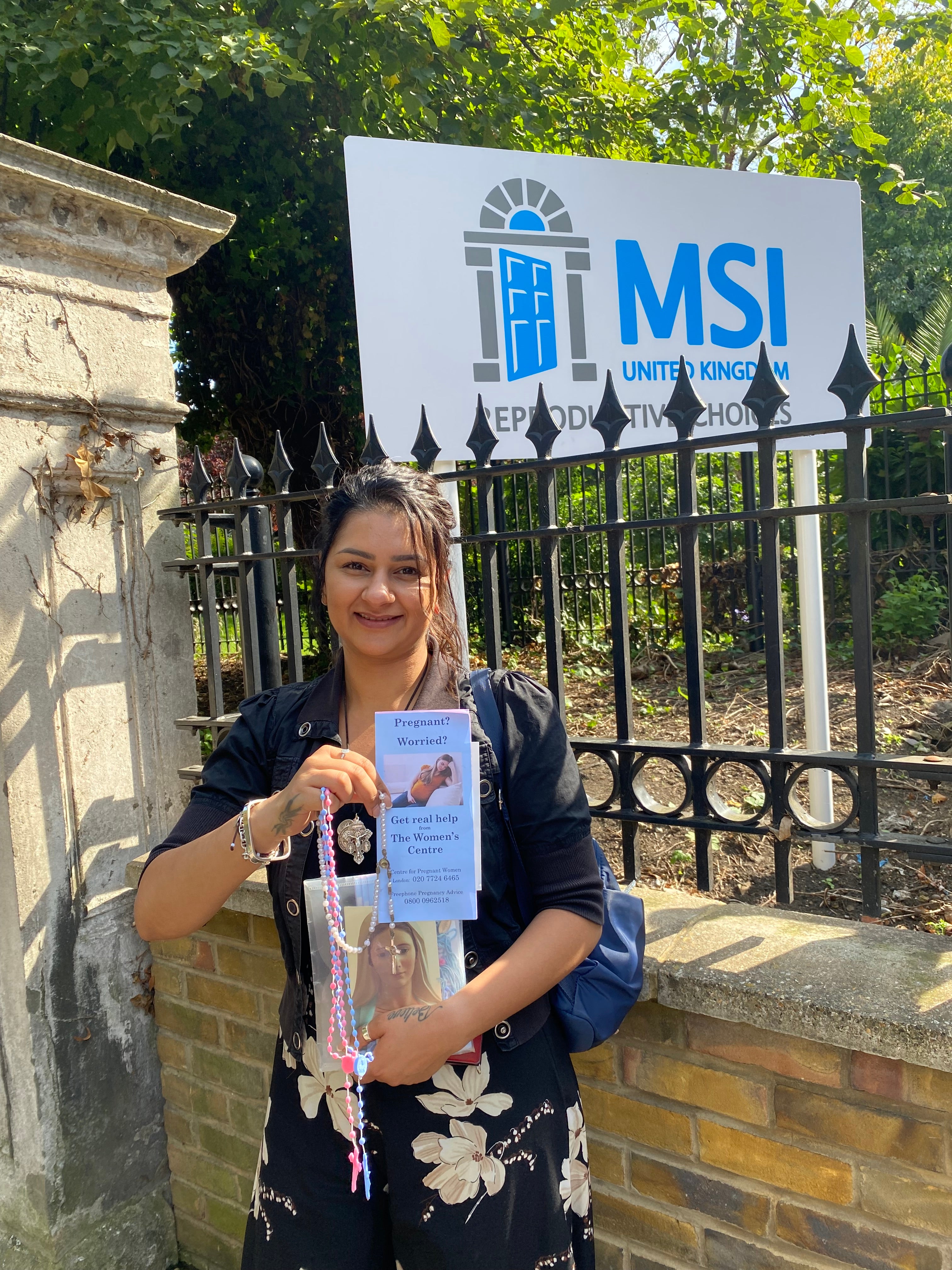
She remembers two women who had abortions at their clinic yet were involved in the anti-abortion movement, while other demonstrators have accused clinic staff of being Satanists.
One particular vexatious move, is when protesters refer to the woman seeking an abortion as “mum”, she explains.
“You need to bring the clients back down to the place where you really are able to help them,” she adds, revealing that comments stay with women “for hours afterwards, or maybe weeks, months, or years”.
She says interactions with protesters grow particularly heated when those seeking abortions are vulnerable. “Such as if the person who comes to the termination has been raped,” she adds. “But also there were some people coming in because they have a fatal foetal anomaly and they might want the child.”
Here the buffer zones have markedly improved the situation: “The difference is night and day. There is much less anxiety. There was always an air of anxiety when there were protesters outside. You can feel that people are just suffering. So that’s just not there. It’s a very calm place. It’s a very happy environment. People always comment on how welcoming it is.”
However, across the river in Brixton, protests persist. “These are the people that we vote in to put in charge of doing things,” says Ms McDaid. “Why are they dragging their feet? What are the reasons? Because we want answers. Our staff don’t deserve to come to work and be approached, these women don’t deserve it.”














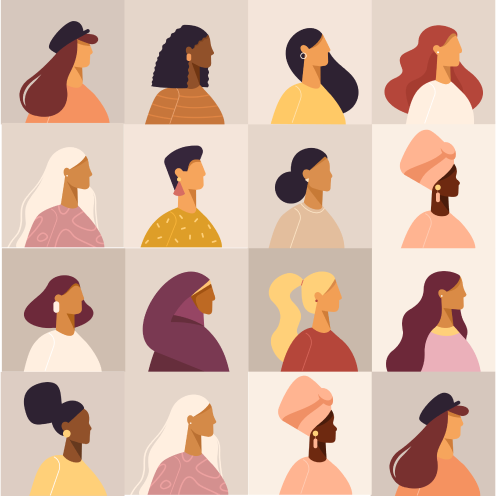











+ There are no comments
Add yours